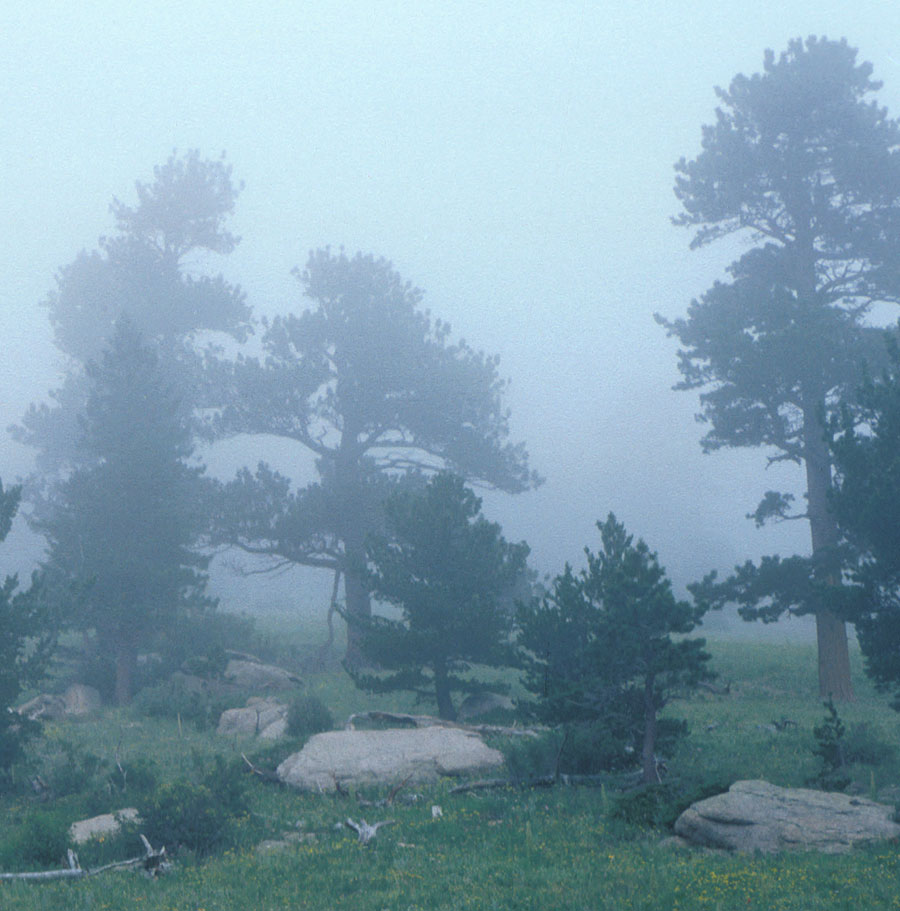Humidity
Some people describe humid weather as muggy. When the air is humid, it has a lot of water vapor in it. Water as a gas in the atmosphere is called water vapor.
How Much Water Vapor Can Be In The Air?
The maximum amount of water vapor that can be in the air depends on the air temperature. Warmer air can hold more water vapor within it. That’s why the muggiest days usually happen at the height of summer heat. But as the temperature goes down, the air can hold less vapor and some of it turns into liquid water.
Absolute vs. Relative Humidity
The amount of water vapor in the air is called absolute humidity. The amount of water vapor in the air as compared with the amount of water that the air could hold is called relative humidity. This amount of space in air that can hold water changes depending on the temperature and pressure. For example, if you measure that there is half a gram of water vapor for each cubic yard of air, and there could be a maximum of 1 gram of water for each cubic yard of air, then the relative humidity is 50%.
Why are there water droplets on the grass on a cool summer morning, even though it did not rain the night before? The water most likely came from water vapor which formed liquid water droplets when it cooled to the dew point. The dew point is the temperature when water will start to condense out of the air. When air is saturated as much as possible with water vapor it is at the dew point.
Calculate Relative Humidity
On a warm 76°F day, you measure that there is half a gram of vapor for each cubic yard of air. At that temperature, air is able to hold 1 gram of water for each cubic yard of air. So what is the relative humidity?
Divide the amount of vapor in the air (0.5 grams) by the total amount the air can hold (1 gram) and multiply by 100 to figure out relative humidity as a percentage.
